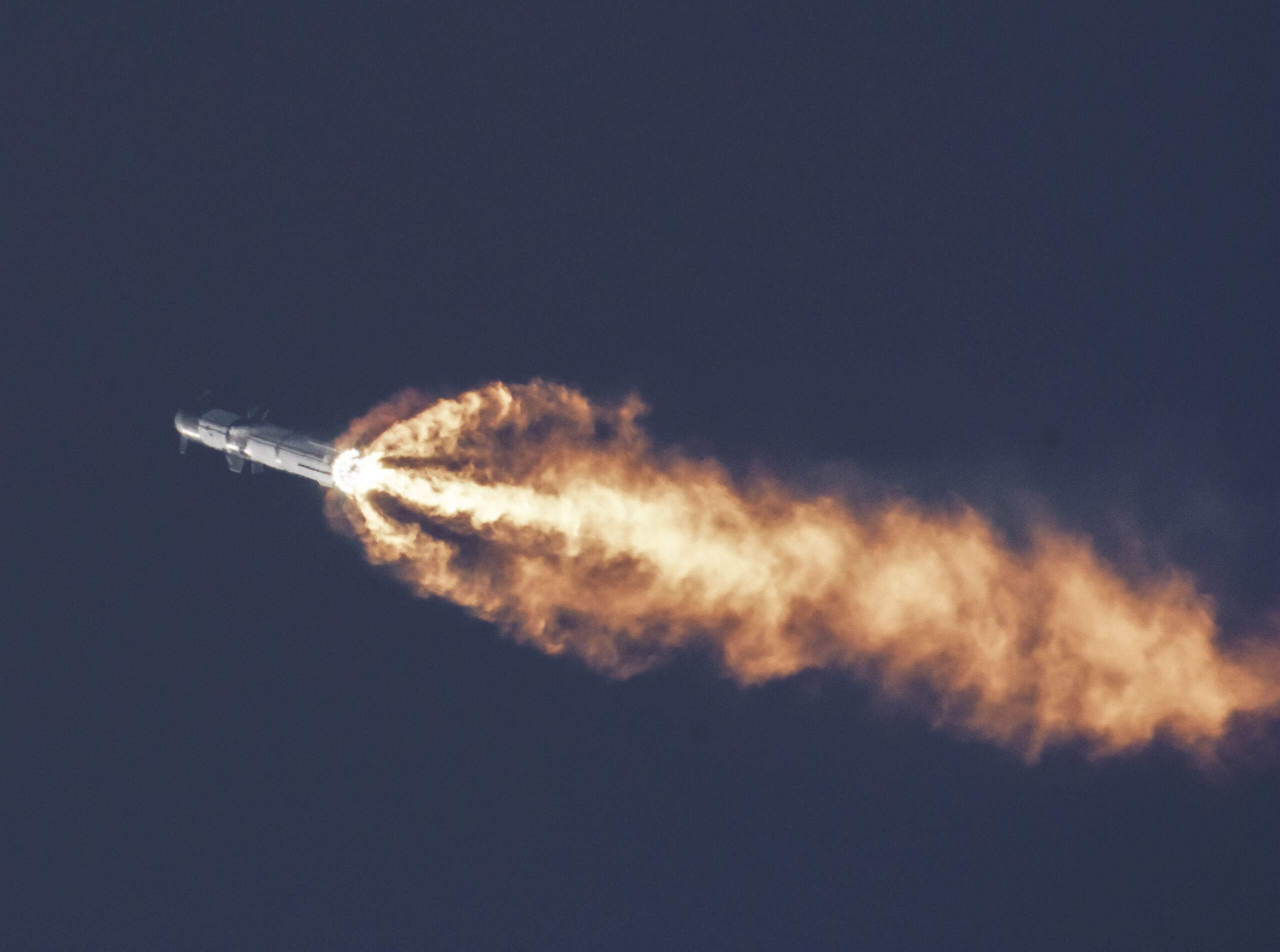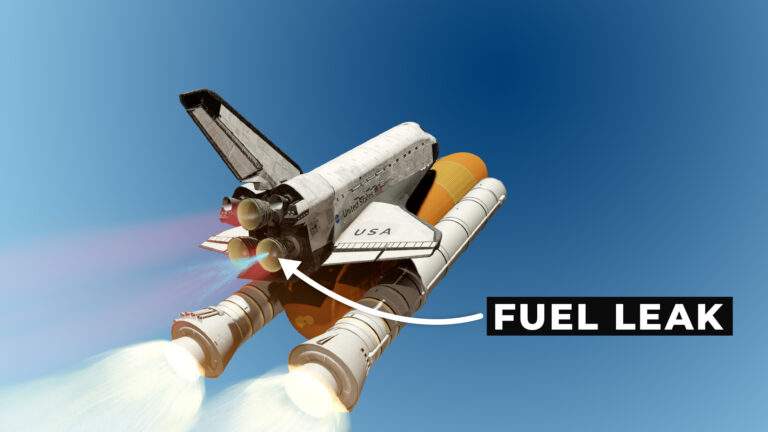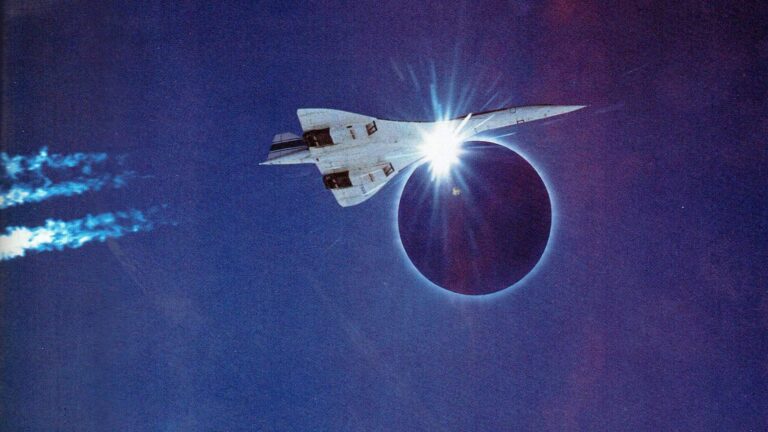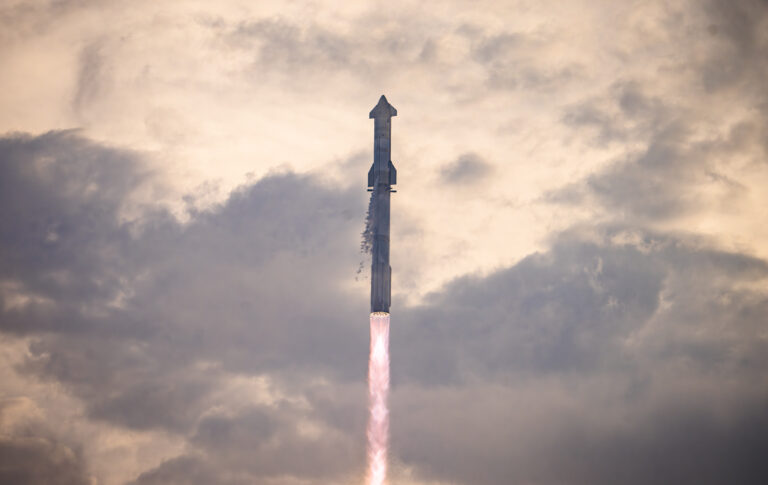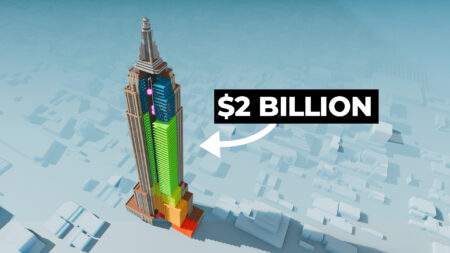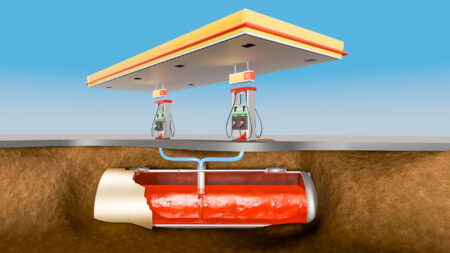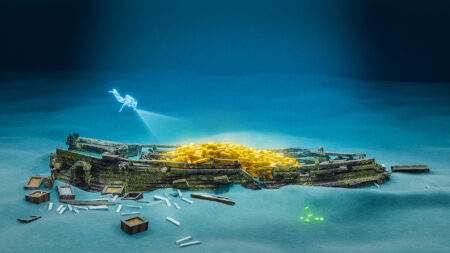The most powerful rocket ever developed, Starship Super Heavy, took flight for the first time from Starbase, Texas on April 20. Though the vehicle reached Max-Q, the rocket experienced an anomaly before stage separation.
Countdown
Following a booster pressurisation issue which forced a scrub on Monday, SpaceX were ready to proceed with a second launch attempt of Starship Super Heavy. In deep contrast to the previous launch attempt, the local area was in deep fog under a thick cloud layer. The weather improved as lift-off grew closer and weather remained a go.
As thousands began to fill viewing spots across South Padre Island, Highway 4 soon closed and pad clearing soon followed. The initial countdown was smooth with the tank farm spooling up, launch mount venting, and tower venting. These are done in preparation for fuelling and indicate everything is proceeding as expected.
A go from SpaceX’s launch director for propellant loading followed and fuelling soon got underway. Propellant loading also continued without a hitch, demonstrating an important milestone for SpaceX. Numerous propellant loading tests with the full stack have now been conducted.

The only issue during the count came at T-26 seconds where a hold was called for engineers to work on a couple of issues. Whilst these issues were worked on, the vehicle remained in a hold at T-40 seconds.
John Insprucker said the issues were down to booster tank pressurisation as well as final purging on the Ship. Both issues were soon resolved, and the countdown resumed with 40 seconds until lift-off. Starship is unique from Falcon 9 in that the vehicle can hold for 15 minutes. This cannot be done with Falcon 9 as this warms up the propellants hence cutting performance for the vehicle.
Launch
Though it remains unknown how many first stage Raptor engines ignited, Starship successfully lifted off and cleared the pad passing a key milestone within seconds. If Starship was to fail in clearing the pad, the repair work to the orbital launch site would have been a major setback for SpaceX.
Producing an incredible spectacle, the first stage continued past Max-Q. This is the point at which maximum stress is placed on the vehicle during flight and so was a crucial test for the rocket’s structural integrity.

Throughout first stage flight, Booster 7 lost several engines and so Raptor reliability will be an issue of concern following the launch. However, reliability will likely improve with time and so may not prove to be a longer-term issue.
It was the moments before stage separation where the vehicle began to tumble, and the flight termination system was activated, subsequently ending the test flight.
The test flight will provide SpaceX with important data looking ahead to the future.
What next?
Over the next few days and weeks, SpaceX will comb through the flight test data and seek explanations for the various anomalies.
Once an investigation is complete, Booster 9 and Ship 26 are widely expected to be the next vehicles to undergo a testing campaign with an aim towards Starship’s second flight test. The mission goals are likely to be similar to the recent launch.
Focus will also turn to the orbital launch site after Starship ignition took its toll on the pad infrastructure. Such is the sheer power of Starship Super Heavy, the vehicle left a large crater underneath the orbital launch mount.
A water deluge system is set to be installed at the launch site over the coming months which will reduce damage around the orbital launch mount in future flights.
Following launch, Elon tweeted an update on when Starship may attempt its next test flight. The SpaceX CEO said: “learned a lot for next test launch in a few months”.
Congrats @SpaceX team on an exciting test launch of Starship!
— Elon Musk (@elonmusk) April 20, 2023
Learned a lot for next test launch in a few months. pic.twitter.com/gswdFut1dK
Whatever happens, the Starship programme is sure to provide excitement.
Featured Image Credit: SpaceX
